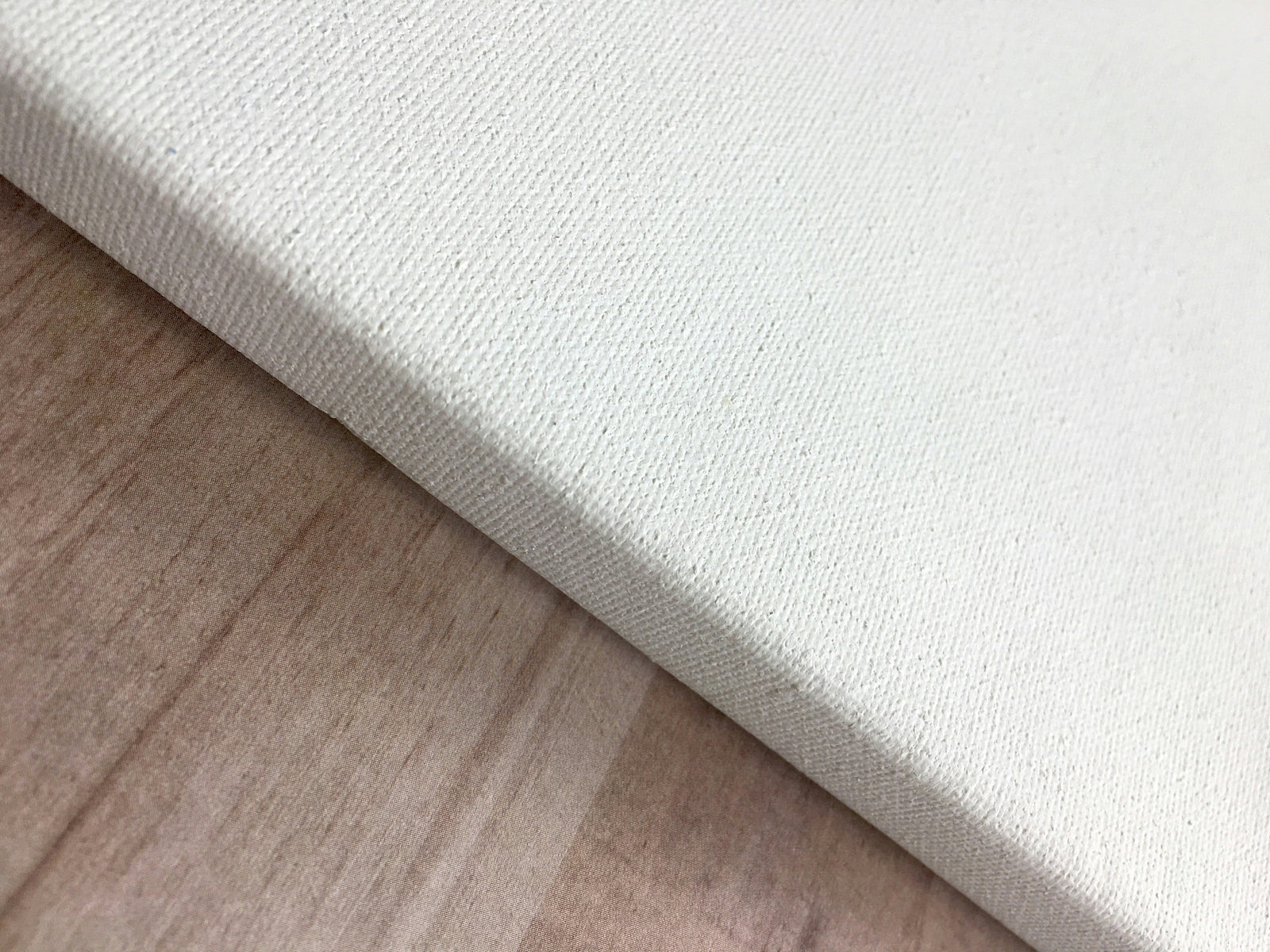25% off using code: xmas25
25% off using code: xmas25
Products / Services

How to tell if canvas is good quality?
June 26, 2025 3 min read
How to Tell If Canvas Is Good Quality: A Simple Guide for Artists and Buyers
Whether you're a painter, a photographer printing your work, or a home decor enthusiast, choosing a high-quality canvas is essential. But with so many options out there, how do you tell if the canvas you're buying is actually good quality?
In this post, we’ll break down the key signs of a high-quality canvas—so you don’t end up with a saggy, faded, or brittle disappointment.
1. Material Matters: Cotton vs. Linen
The two most common materials used in quality canvases are cotton and linen.
-
Cotton Canvas: Affordable, flexible, and commonly used. Look for 100% cotton—it's softer and holds ink or paint well.
-
Linen Canvas: The gold standard for professionals. Made from flax, linen is more durable and has a tighter weave, though it’s more expensive.
📝 Tip: Avoid synthetic or plastic-based canvases unless you're intentionally going for a budget craft project. Many of the budget online canvas printers are using cheap synthetic materials and may looks great out of the gate, but a year down the road you're left with a product nobody will want to display.
2. Check the Weave and Texture
Good quality canvas has a consistent, tight weave. This matters because:
-
A tight weave provides a smoother surface for detail work.
-
A loose weave might absorb paint unevenly or sag over time.
Run your fingers over the surface:
-
It should feel even, without noticeable bumps or gaps.
-
Look closely—are the threads consistent, or do they vary in thickness?
3. Weight and Thickness
Canvas weight is usually measured in ounces (oz) per square yard. The higher the weight, the thicker and more durable the canvas.
-
8–10 oz: Lightweight; good for practice or student work.
-
12–15 oz: Medium to heavy; ideal for professional painting and archival prints.
Heavier canvas holds up better over time and supports thicker paint applications without warping.
4. Priming and Gesso
Most store-bought canvases are "pre-primed" with gesso. Here’s what to look for:
-
Even application: There shouldn't be thin patches where the canvas peeks through.
-
At least two coats: One is often not enough for a smooth painting surface.
-
No chalkiness or flaking: Poor-quality gesso can crack or powder off over time.
If you touch the primed surface, it should feel slightly textured but not gritty.
5. Stretched Canvas Quality
For stretched canvases, construction is just as important as the fabric.
-
Solid wood stretcher bars (usually kiln-dried pine) are a sign of quality. Avoid cheap composites.
-
The canvas should be pulled tightly across the frame with no sagging.
-
Stapled neatly on the back, not the sides (unless it’s gallery-wrapped).
6. Archival Quality and Acid-Free
If longevity matters to you (and it should!), make sure your canvas is:
-
Acid-free: Prevents yellowing and deterioration over time.
-
Archival quality: Means it's meant to last without degrading, especially important for fine art or valuable prints.
- At Anything on Canvas it is extremely important that the materials we use are archival. Our canvas is oba free from optical brighteners which degrade over time.
7. Visual and Color Check
For printed canvases or photo canvases, inspect the image clarity and color accuracy:
-
Sharp details and vivid, accurate colors = good ink and canvas.
-
If it looks faded or pixelated, it may be a low-res print or inferior surface.
Final Thoughts
A good canvas is the foundation of any great painting or print. While budget options can be tempting, they often lead to frustration down the road. Invest a little more in higher-quality materials, and your work—whether it’s an oil masterpiece or a cherished family photo—will stand the test of time.
🔍 Quick Checklist:
-
100% cotton or linen
-
Tight, even weave
-
12 oz+ weight (for durability)
-
Smooth, even gesso primer
-
Strong stretcher bars & tension
-
Acid-free & archival
-
Sharp prints (if applicable)
Leave a comment
Comments will be approved before showing up.







